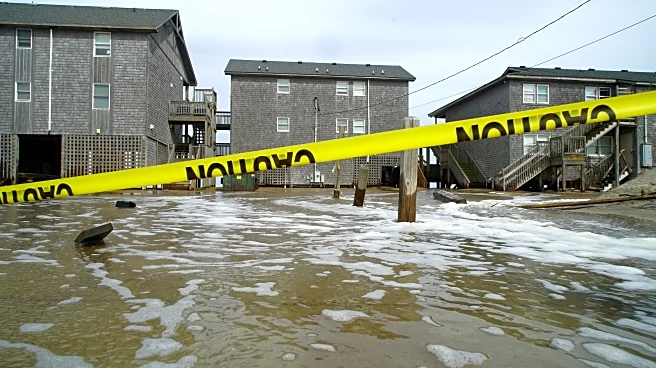What's Happening?
Miami's real estate market is experiencing a significant increase in home delistings, with sellers opting to remove their properties from the market rather than reduce prices. According to Realtor.com's July housing report, Miami leads the nation in delistings, with 59 homes delisted for every 100 new listings, a substantial rise from 27 per 100 in May. Real estate expert Joe Azar explains that this trend is part of a natural market cycle, influenced by seasonal slowdowns and anticipation of rate cuts. Builders are also strategically pulling listings until projects are completed, allowing buyers to see finished products. Additionally, older inventory and less desirable properties are being taken off the market as owners choose to rent or renovate instead.
Why It's Important?
The high rate of delistings in Miami's real estate market could have broader implications for the housing industry. By reducing the number of available properties, sellers may create a sense of urgency among buyers, potentially driving up demand and prices once listings return to the market. This trend reflects a strategic approach by sellers and builders to maximize returns, indicating confidence in the market's future. The influx of buyers from other states and abroad, attracted by Florida's lifestyle and tax benefits, continues to support demand. This dynamic could influence real estate strategies in other regions, as stakeholders monitor Miami's approach to managing inventory and market cycles.
What's Next?
As Miami's real estate market navigates this period of high delistings, stakeholders anticipate a busy season in the fall when many properties are expected to return to the market. Sellers and builders are likely to continue their strategic pauses, aiming to present completed projects to potential buyers. The ongoing interest from out-of-state and international buyers suggests that demand will remain strong, potentially leading to competitive pricing and increased market activity. Real estate professionals will be closely watching these developments to adapt their strategies and capitalize on emerging opportunities.















